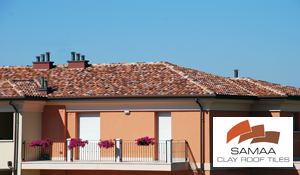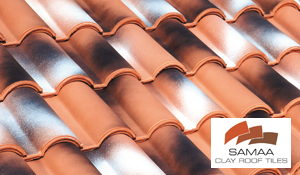PORTOGHESE TILES
Are one of our most popular items because they are simple to lay and, when finished, appear very similar to a pantile roof.
After having laid a reference row along the eave line, the tiles are laid in vertical lines, aligned in accordance with the slope. It is nevertheless advisable to check alignment every two or three rows using a special bar.
[mp_image id=”4897″ size=”full” link_type=”custom_url” link=”#” target=”false” caption=”false” align=”left”]
Technical Features
External dimensions: 40,7 x 24,4 cm Gauge (approx): 34.5 cm Pieces per sq. m: 14 Unit weight: 2,70 kg Weight per sq. m: 40 kg.

NATURAL RED
The uniform red colour of this tile is obtained by the blending of special clays that are frequently used in ceramics making it possible to reach a higher firing temperature and as a result, greater chromatic uniformity.
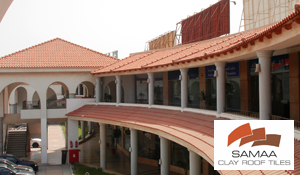
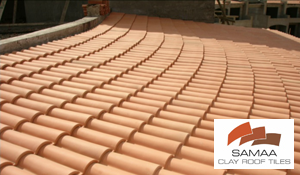
RED ENGOBE
The uniform red colour of this tile is obtained by the blending of special clays that are frequently used in ceramics making it possible to reach a higher firing temperature and as a result, greater chromatic uniformity.
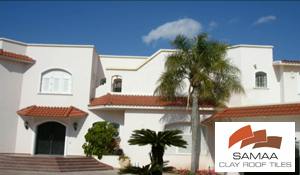

ANTIQUED
Are largely used to relace or restore the roofing on architecturally prestigious ancient buildings, old boroughs and historical town centres as their colour does not differ greatly from that left by the patina of time. The “Antiqued” effect is obtained using top-quality, biocompatible ceramic varnishes and selected clays from a variety of different quarries. The engobe obtained is indelible.

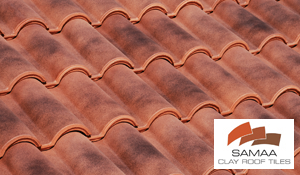
DARK BROWN
Etesta di moro (Dark Brown) portoghese tile. The engobe technique produces this shiny, refined tile, uniform in colour. It is suitable for buildings that are particularly elegant and set in landscapes that require subdued colours. It has been used to cover churches, villas and palaces.
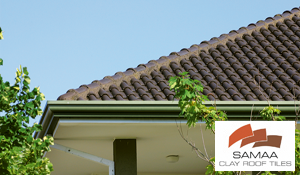

ANTIQUED WHITE
This shade is the most popular through out Central and Southern Italy and the Islands. The antiqued white Portoghese tile recreates traditional Mediterranean roofs inspired by the old tiles seen in villages washed by the sea. Indeed, when picturing Mediterranean architecture, white is the colour that immediately comes to mind.
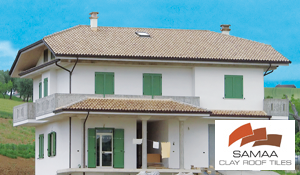
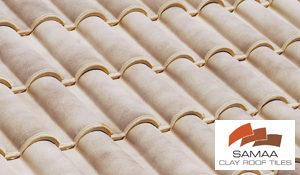
MALATESTIANA
A new roofingtile characterized by warm pastel shades proposed in a soft and harmonious mix of subdued colours. Its warm and delicate colours thoroughly meet the requirements of customers with a particular aestheical sensitiveness, typical – for instance – of women. Excellent for both refurbishments and new constructions.
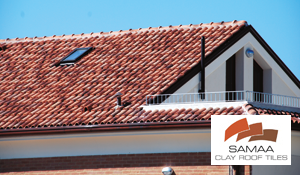

STRAW WHITE
Natural white portoghese tiles are normally used and very suitable for new constructions in hot and particularly bright surroundings. When laying the tiles, we recommend using a slated, under-tile sheath to ensure sufficient ventilation.
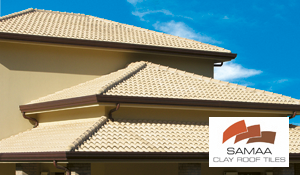
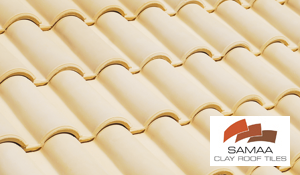
ROMAGNA ANTIQUED
Has been developed particularly for our region, Romagna, upon special request of a number of designers, because it’s nuances make it suitable for all types of building new or old. The number of tiles in each pack is equally divided between white and dark stained tiles.
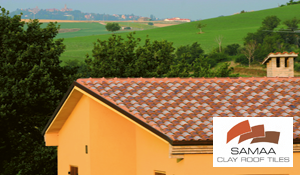
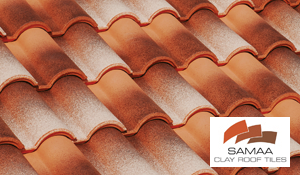
ANTIQUED MARIGNANA
The Marignana Antica Portoghese tiles are in earth tones stained with white or dark blotches. This tile has been developer upon special request by a number of design engineers because its nuances make it suitable for all types of buildings and especially for very old architectural buildings. The number of tiles in each pack is equally divided between white and dark stained tiles.

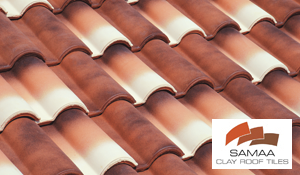
ANCIENT BOROUGHS
The colour of this specialty tile has been designed to adapt to the restoration of old buildings, as well as for new constructions built in historical settings. This type of roof tile is extremely suited to respect the cultural roots of our ancient boroughs. Used alongside the natural red colour of terracotta, the warm shades, which range from burnt brown to white and beige, recreate the typical tones of old roofs, enhancing buildings and allowing them to blend in perfectly with their surroundings.
